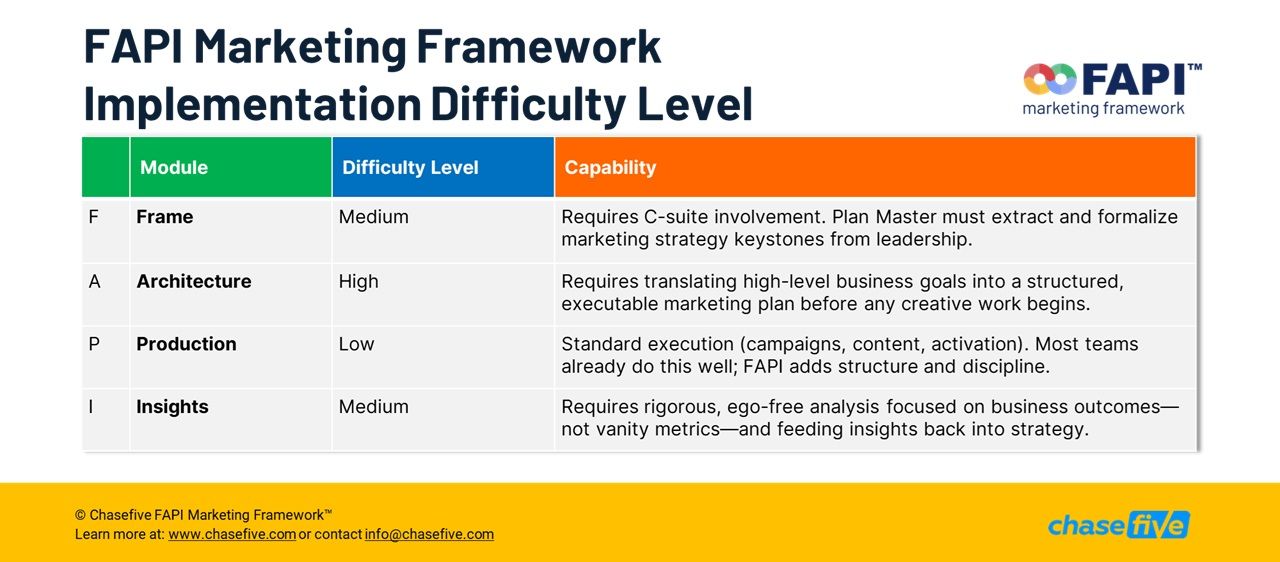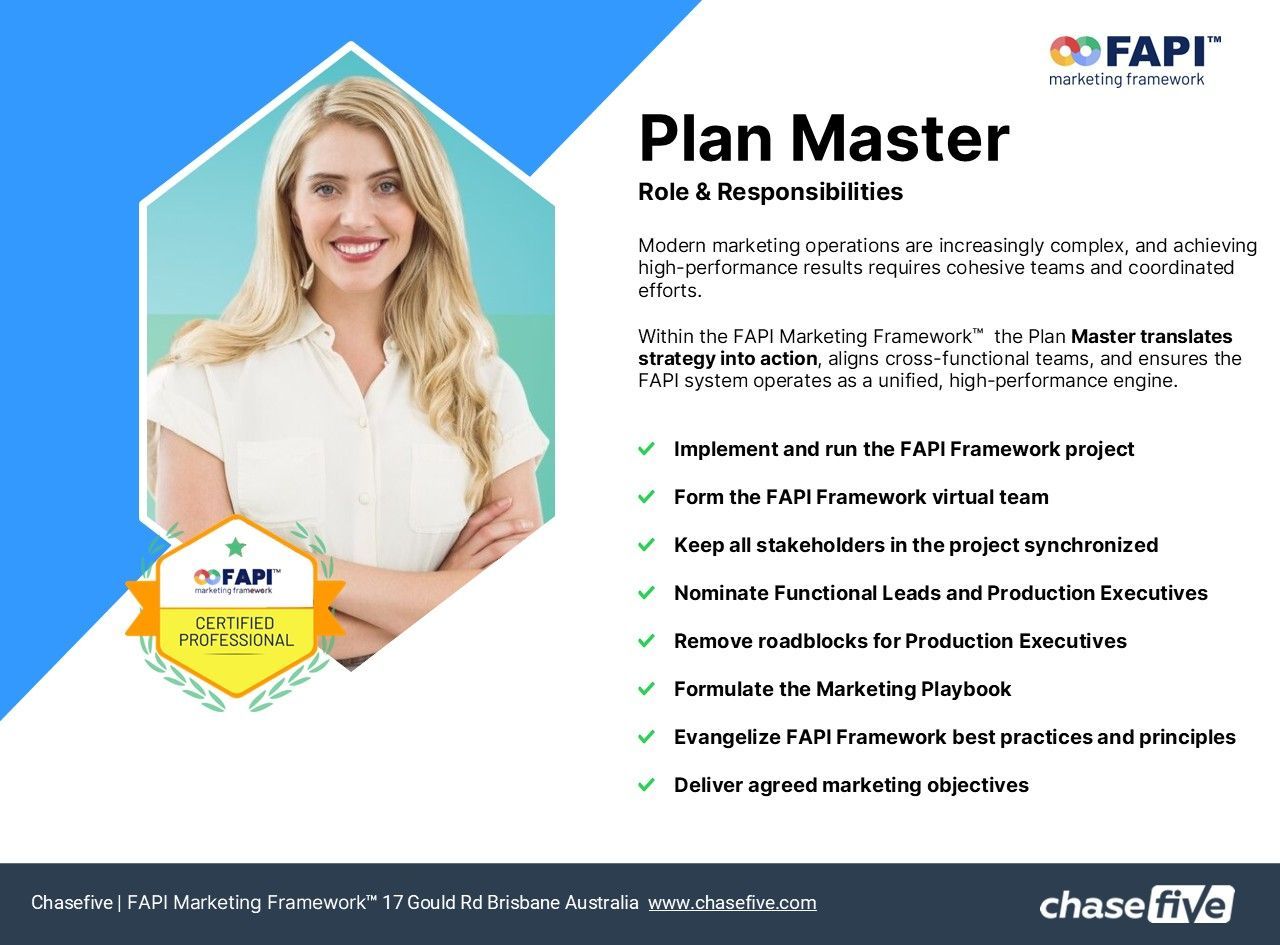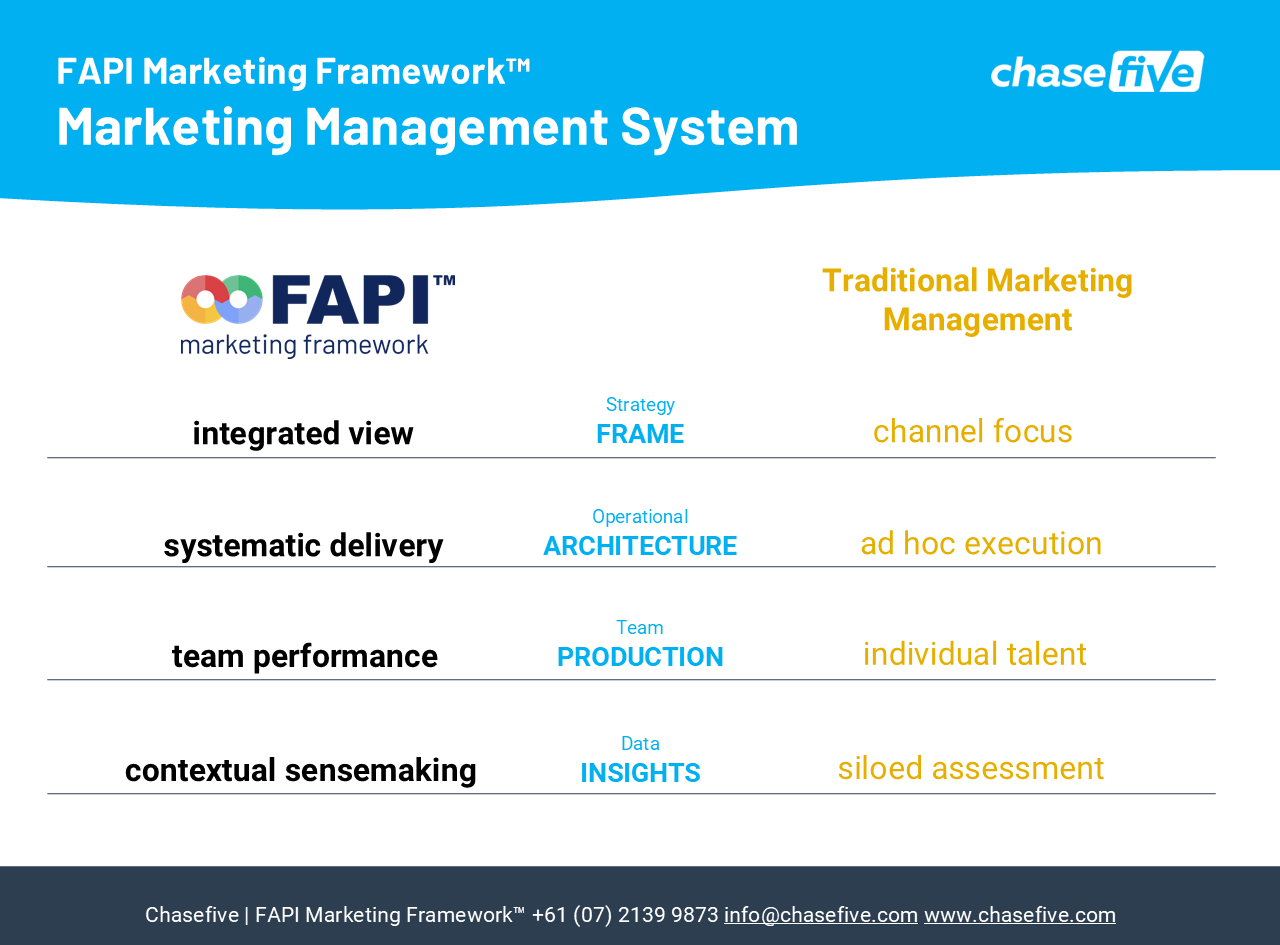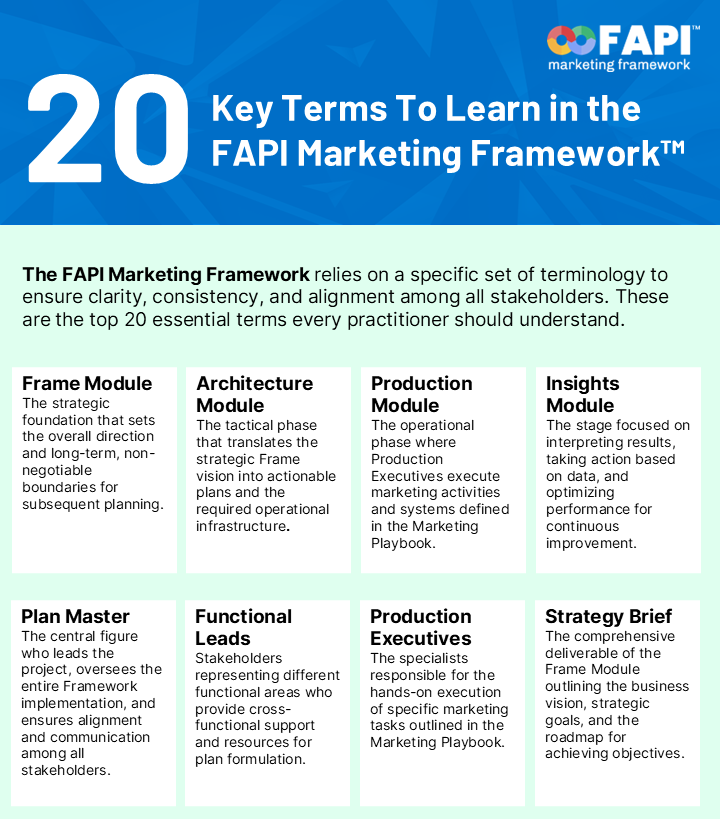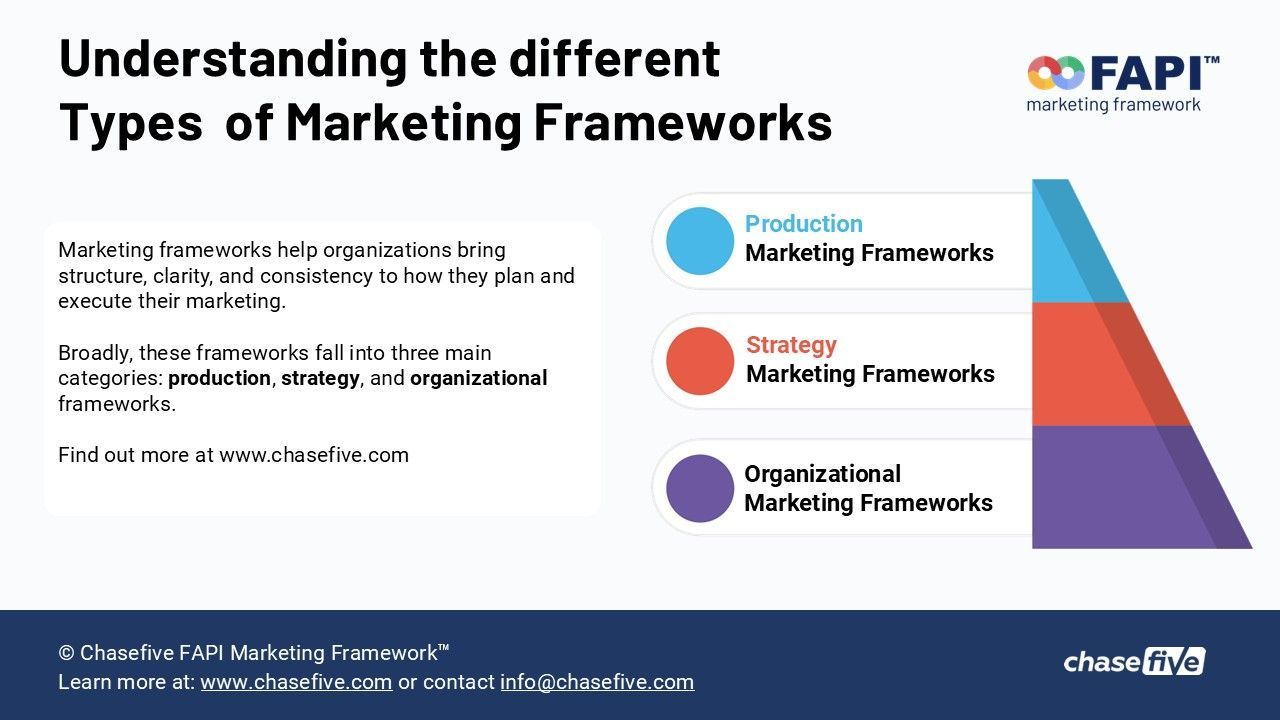A Marketer’s Guide to managing Martech Innovation and Disruption
The Essential Checklist for Avoiding Costly Martech Pitfalls and Prepare for Emerging Tech
Business leaders and marketers know that the current pace of innovation in the Martech sector is unprecedented. The latest Martech Marketing Technology Landscape Supergraphic highlights over ten thousand products spanning over twenty marketing categories. Remarkably, over two thousand new marketing software products, many powered by artificial intelligence (AI), were added in just the second half of 2023 alone.
The drive towards adopting new martech solutions is emphasised by significant financial investment; data from industry analysts reveal a global increase in marketing tech spending. According to a Forrester report, a multi-year martech boom is expected, with global spending projected to rise from $131 billion in 2023 to over $215 billion annually by 2027.
With such a pace of development in marketing software, navigating the complexities of technical, operational, and regulatory compliance can be overwhelming. The risks of misalignment between the intended purpose of marketing technology and its actual use can result in significant costs for organisations of all sizes.
This guide offers a practical checklist to help you avoid issues related to suitability and compliance, ensuring your marketing organization remains protected in a constantly changing environment.
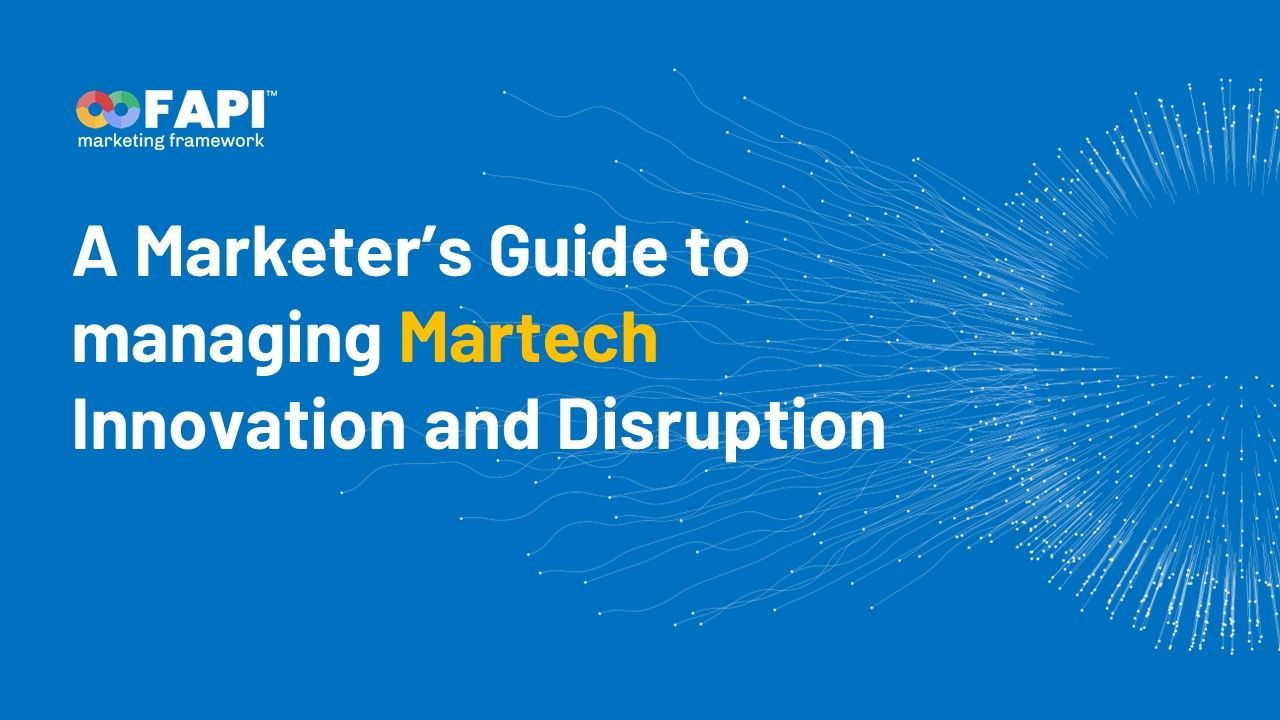
Businesses feel urgency to adopt new martech solutions, while customers expect more.
The convergence of data analytics, artificial intelligence (AI), and automation has sparked an acceleration in marketing technology, compelling businesses to swiftly adapt to compete and thrive. As technology evolves, companies recognise the need to stay competitive. Investing in martech allows marketing teams to deploy more advanced strategies, enhance capabilities, and keep pace with industry trends. Martech solutions enable businesses to understand customer behaviour and tailor marketing efforts accordingly. At the same time, consumers demand personalised experiences, seamless interactions, and relevant content, all of which requires martech to execute.
Businesses feel urgency to adopt new martech solutions, while customers expect more.
The convergence of data analytics, artificial intelligence (AI), and automation has sparked an acceleration in marketing technology, compelling businesses to swiftly adapt to compete and thrive. As technology evolves, companies recognise the need to stay competitive. Investing in martech allows marketing teams to deploy more advanced strategies, enhance capabilities, and keep pace with industry trends. Martech solutions enable businesses to understand customer behaviour and tailor marketing efforts accordingly. At the same time, consumers demand personalised experiences, seamless interactions, and relevant content, all of which requires martech to execute.
Marketing technology shelf life getting shorter amid ‘time to value’ uncertainty.
Organisations aiming to maintain a competitive edge in marketing face the dual challenge of extracting maximum value from their martech investments and keeping pace with swift technological advancements.
The challenge marketing and tech budget owners need to address is understanding the time-to-value periods of new technology and the longevity of the current marketing technology stack. Sectors like artificial intelligence (AI) are driving rapid progress in marketing technology, with AI startups leading the way with quick, innovative solutions that promise short time-to-value (TTV) periods.
Cost of inaction in martech adoption.
In a highly competitive marketing landscape, the speed of technological innovation means budget owners recognise the potential costs of inaction and loss of competitiveness as significant concerns.
Achieving value from martech requires balancing swift deployment with the assurance of substantial returns on investment.
Marketing decision-makers are squeezed between a push for quick results and the risk that hesitation to adopt new martech solutions can result in missed opportunities, such as revenue loss, decreased customer engagement, and eroding brand relevance. Inactivity undermines a brand's competitive edge, impacting market share and customer loyalty.
Chasefive Martech Evaluation Checklist: Choosing the Right Software for Your Marketing Organisation.
With the number of options available in the market, each promising to revolutionise your marketing efforts, selecting the perfect fit can feel overwhelming. However, making an informed choice is crucial to effectively harness the power of martech, driving growth and delivering exceptional customer experiences.
The Chasefive "Martech Evaluation Checklist" guides you through the process of selecting a martech solution that aligns with your organisational goals. This checklist helps identify must-have features and integration capabilities. It involves four stages: assessing business needs, conducting research, selecting vendors, and making an informed decision for future success.
1. Needs Assessment & Feasibility Stage
The journey to selecting the ideal martech solution begins with a thorough Needs Assessment & Feasibility stage. At this early stage, it’s important to clearly define your marketing objectives and ascertain how a new solution can support these goals, whether by enhancing customer engagement, boosting lead generation, or improving personalisation efforts.
This step requires a deep dive into your company’s specific needs, evaluating how the desired functionalities will impact the marketing team and other functions such as sales and customer service operations.
A critical assessment of how each potential tool aligns with your strategic objectives is essential, focusing on its ability to enhance customer experience, improve operational efficiency, and drive revenue growth, starting from defining your marketing needs.
Key steps in the Needs Assessment & Feasibility Stage are:
- Defining Marketing Needs: When choosing a marketing technology solution, clarify your objectives for the new tool. Consider functionality, impact on other departments, and ability to enhance customer experience, boost operational efficiency, and contribute to revenue growth. Choose a solution that aligns with your business objectives to achieve marketing goals effectively.
- Evaluate current marketing systems: Evaluate your current
marketing systems by assessing your existing marketing technology tools. Understand their functionalities, strengths, and limitations. For instance, evaluate whether your current solution supports your objective.
- Conduct feasibility check: Establish your budget for new marketing software. Ensure your company has necessary resources (e.g., IT support, training capacity) for effective implementation and management.
2. Research Stage
The Research Stage of selecting a martech solution involves a detailed examination of potential vendors and their offerings. This involves identifying and shortlisting vendors based on features, pricing, scalability, and industry reputation. This stage is vital for narrowing down choices to solutions that offer the right tools, support, and potential for growth alongside your business.
Key steps in the Research Stage are:
Identify vendors: Research and shortlist potential martech vendors based on features, pricing, scalability, and industry reputation.
Understand the martech solution: Review vendor technical information, case studies, and customer reviews to understand each solutions capabilities and potential fit for your needs. Specifically looking at:
- Features and functionality: Deep dive into the features and functionalities offered by the martech solution. Does it address your specific needs and provide the capabilities you require?
- Integrations: Consider how well the solution integrates with your existing marketing technology stack and other essential business systems (e.g., CRM, CMS). Seamless integration is crucial for a cohesive workflow. Evaluate how well the martech solution integrates with existing tools and systems, including CRM, data analytics platforms, and other marketing software.
- Scalability and growth potential: Can the martech solution scale with your business growth? Ensure it can handle increasing data volumes and evolving marketing needs. Ensure the solution can scale with your business and adapt to changing marketing strategies and technologies.
- Customisation: Does the solution offer customization options to adapt to your specific workflows and processes?
- Security and compliance: Evaluate the data security measures offered by the martech solution. Ensure it complies with relevant data privacy regulations (e.g., GDPR, CCPA) based on your location and target market.
Examine the user experience (UX). Assess the usability of the solution for everyday users, not just IT professionals. A good UX can significantly impact adoption rates and productivity. Consider the learning curve and whether the vendor offers training and support.
In the research stage develop a list of key criteria to evaluate each software solution, including all the points listed above.
3. Selection stage
The selection stage of the marketing technology evaluation process goes beyond just comparing features; it involves a deep dive into how each option can serve your unique business needs and enhance your team's efficiency. This step involves engaging with vendors and reviewing their platforms through demos and free trials, rigorously comparing their offerings, and evaluating each vendor's reputation and support system.
Key steps in the Selection Stage are:
Request demos and free trials: Schedule demos with shortlisted vendors to get a hands-on experience with the software. Utilize any free trial periods offered to further assess usability and functionality.
Compare and contrast: Compare shortlisted software based on your selection criteria, demo experiences, and pricing plans.
Evaluate vendor reputation and support: Research the vendor’s track record, customer service reputation, and the robustness of their support and training offerings. Consider the vendor’s stability and long-term viability to ensure they will be a reliable partner.
4. Decision stage
Selecting the right marketing software for your organisation culminates in the decision stage, where careful negotiation and strategic assessments become paramount. At this point, it's essential to not only finalise the terms with your chosen vendor but also to secure the necessary internal approvals.
This stage involves a delicate balance of negotiating contract terms, pricing, and implementation specifics while also conducting a thorough risk versus reward assessment to ensure the chosen solution aligns with your company's long-term goals and scalability needs.
Navigating this final phase paves the way for a successful technology adoption that not only meets your current requirements but also supports your future growth.
Key steps in the Decision Stage are:
· Negotiate contract: Once you've chosen the preferred vendor, negotiate contract terms, pricing, and implementation details.
· Obtain approval: Secure internal approvals from relevant stakeholders before finalizing the purchase.
· Risk vs. reward assessment. Consider the trade-offs between the potential benefits (reward) and the risks associated with the solution. Evaluate factors such as implementation complexity, ongoing maintenance, and scalability.
Charting a path to Martech success
Whether you are just beginning to explore the possibilities of adopting new marketing technology solutions or upgrading your existing martech stack, the journey is strategic and demands careful consideration at every turn. From clearly defining your marketing needs and assessing the feasibility of new solutions to conducting thorough research on potential vendors and making an informed decision, each step is crucial in selecting a martech solution that aligns with your business objectives.
Remember, the goal is not just to adopt the latest technology but to choose tools that genuinely enhance your marketing capabilities, foster better customer relationships, and drive your business towards sustained growth.
As you navigate this process, keep your strategic goals at the forefront, ensuring that every decision contributes to the broader vision of your company's success in the ever-evolving digital landscape.
Join the FAPI Marketing Framework™ Academy to learn more about marketing team resource planning and team building.
